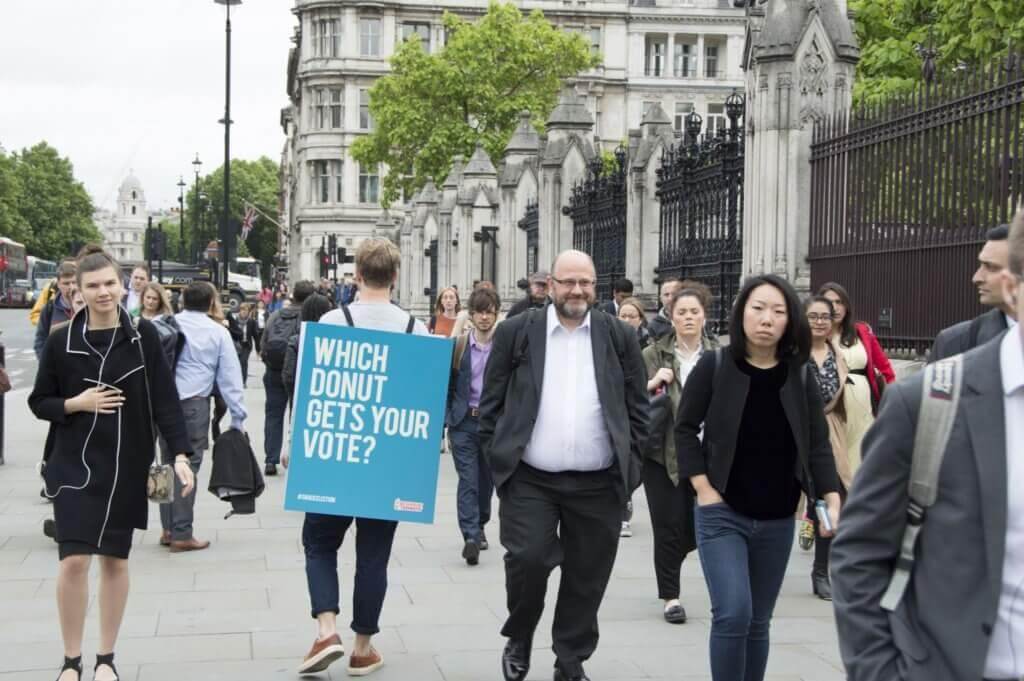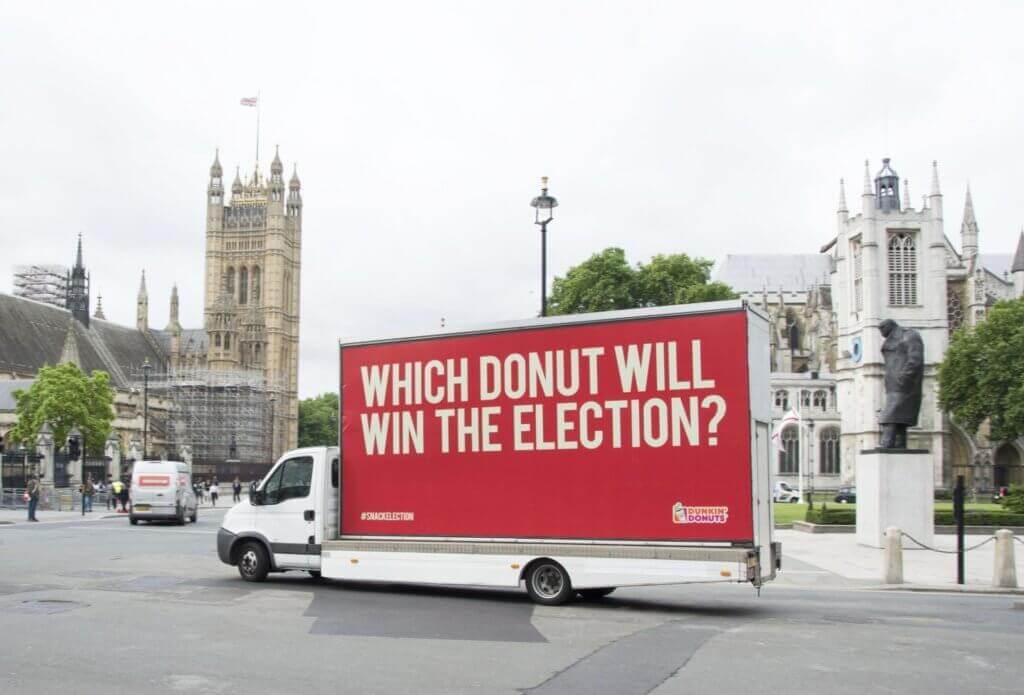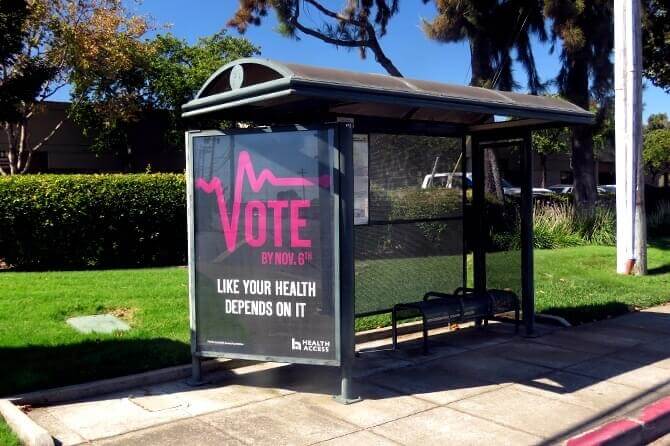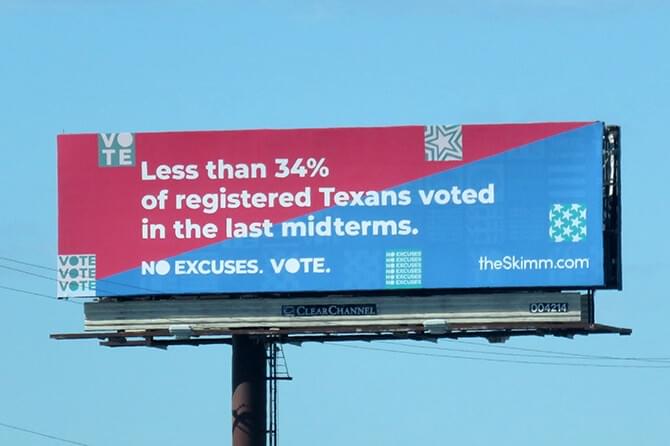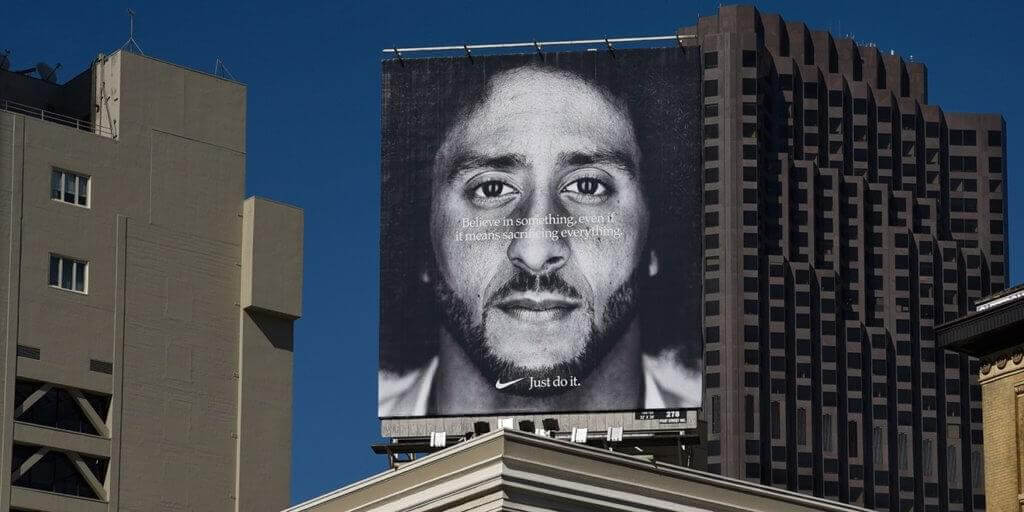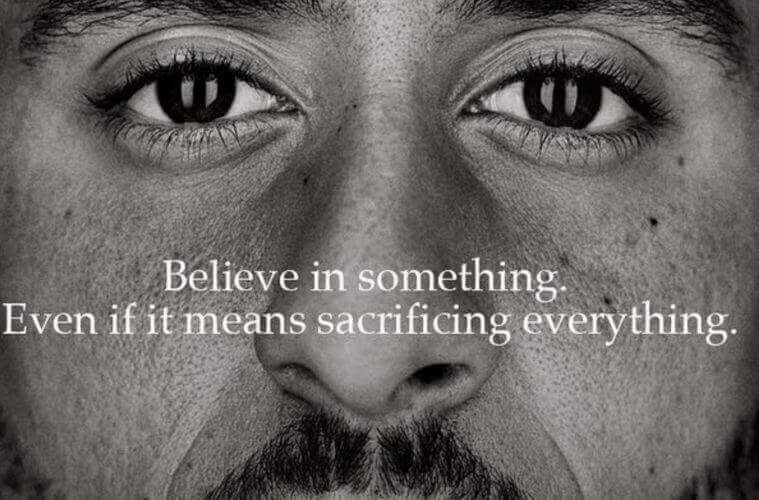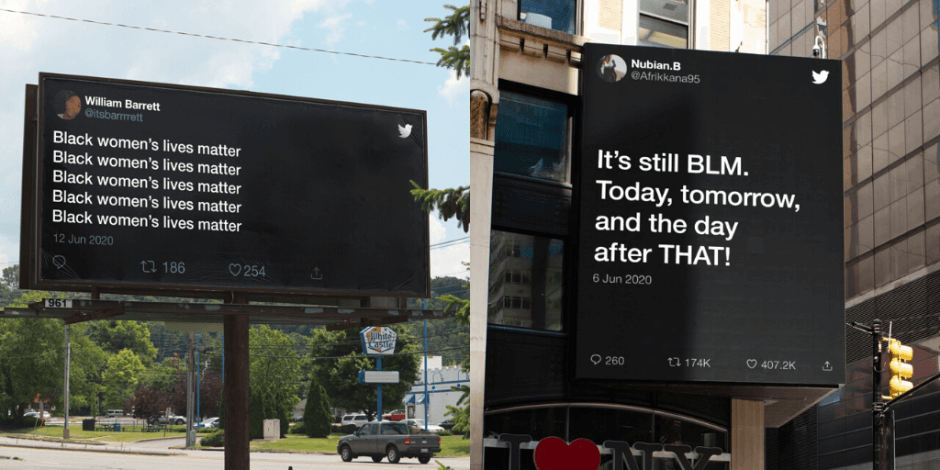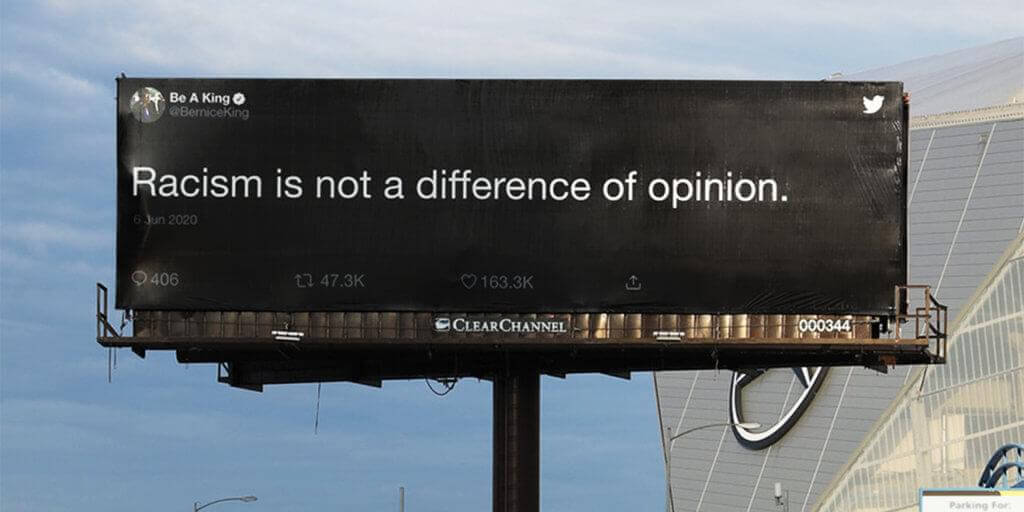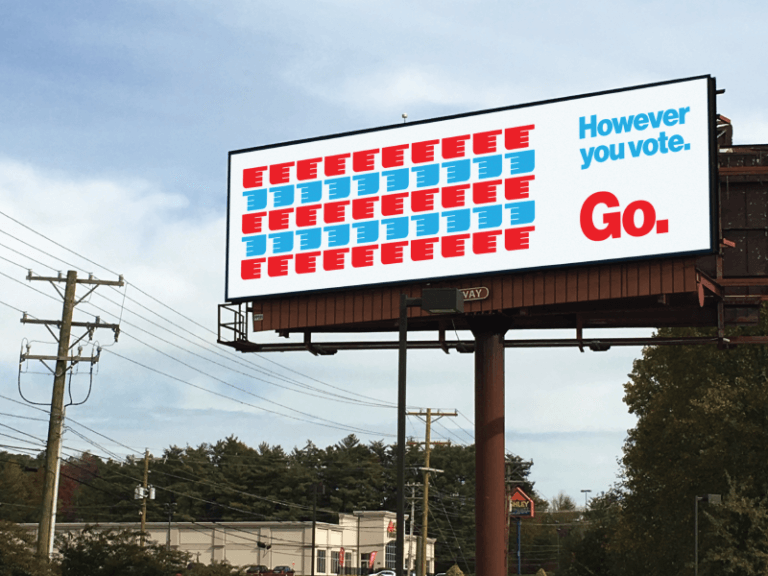
In recent months, a plethora of political movements have taken place — specifically in North America. The 2020 American election cycle is in full swing, the wave of protests and conversations surrounding the Black Lives Matter (BLM) movement began, and we’ve come to the realization that flattening the curve of environmental destruction is just as important as flattening the COVID-19 curve. These extremely politicizing topics have caused a spike in political spending, which according to Kantar (a tracking service), is up 48% in the first five months of 2020 compared to the same period in 2018. Brands and political parties are wasting no time in using out-of-home (OOH) media as their preferred ad medium to promote their political views and ideas for a variety of reasons. This includes OOH’s ability to generate publicity, drive online attention, enhance brand credibility, and provide hyper-local consumer targeting. In this article, we’ll explore why and how both brands and political parties have chosen to use OOH advertising over any other medium.
OOH generates publicity and engagement
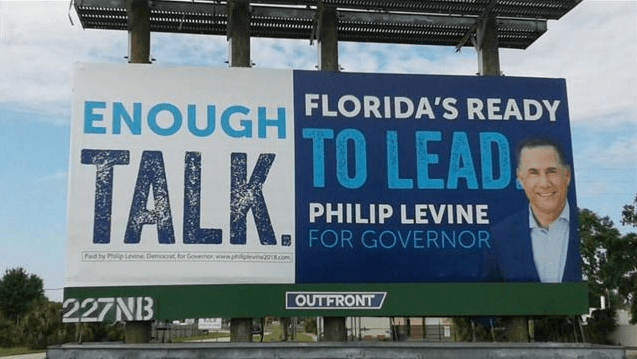
During an electoral campaign, politicians aim at generating as much positive publicity as possible. Recently, platforms such as Twitter and Google, have halted the practice of highly targeted political ads, which in turn, has made it difficult for candidates to advertise themselves and their campaigns online. Furthermore, the use of cable news advertising has seen a harsh decline in recent years and the use of ad-blocking is ever-present online. On the other hand, OOH advertising can drive engagement with no interruptions and can reach voters by district with ease. Back in 2018, Vote.org placed their messages to go and vote on more than 2,500 billboards across nine states. The OOH ads were direct and simple — including the word “vote” and the date. The campaign targeted roughly 35 million people and was extremely successful among younger voters who don’t watch broadcast television and have learned to block out online ads.

Not only is OOH ad publicity more effective in reaching a targeted audience, it’s also more transparent. During a snap election in the UK, Dunkin’ Donuts rolled out a ‘snack election’ through truck-side ads that read, “Which donut will win the election?”. These mobile billboards were coupled with online and in-person advertising that asked voters to choose between the blue, red, green, and orange donuts — with the winning donut to go on sale. Not only did Dunkin’ lighten the mood surrounding the vote, they also demonstrated to their customers their ability to stay relevant, topical, and consumer-oriented.
Offline exposure creates a greater online presence
OOH advertising is multifaceted and can seamlessly spread your campaign from the physical world (where there are less distractions) to the digital world. The Skimm, a simple and easy-to-read daily newsletter, used OOH to promote their “No Excuses” campaign, which urged young voters to get to the polls and vote. The ads shared a variety of statistics and statements like, “less than 34% of registered Texans voted in the last midterms”, and “vote like your health depends on it”. The ads also featured a web address link that allowed voters to type their home address in, which took them to a page that provided all the information they needed to vote for their local races. This campaign pushed over 100,000 young voters to head to the polls, demonstrating the power of technologically-advanced OOH advertising as a tool to communicate critical political messaging.
OOH boosts brand awareness
Now more than ever, people expect accountability, transparency, and action from their brands. According to Smartbrief, a business news company, consumers highly trust OOH as an ad medium and view messages shared by OOH ads as a credible source. Nike’s Colin Kaepernick ad campaign is a prime example of brands taking a stand. After the former NFL player refused to stand for the national anthem in protest of racism and discrimination in America, Nike ran a massive billboard ad that read, “Believe in something. Even if it means sacrificing everything.”, with Kaepernick’s face in black and white in the background. According to a recent Forbes article, shortly after the campaign ran, Nike saw a 10% spike in sales, bringing in revenue of $847 million.
In the wake of the Black Lives Matter (BLM) movement, brands across all categories were put on the spot in terms of what they’ll do to fight for social and political justice. Emily Heyward, co-founder and chief brand officer of Red Antler, said it best, “brands that never set out to ‘stand for’ something are finding that remaining silent makes just as much of a statement as speaking out, and that speaking out is not nearly enough”. In order to amplify the BLM movement, Twitter took to OOH advertising to showcase the voices and the stories of black lives and to mark the anniversary of the emancipation of slavery on June 19th, 2020. Hand-picked from millions of tweets, statements of solidarity, anger, and encouragement were placed across the 8 US cities that held the most impactful protests thus far – targeting those communities that are actively seeking change.
Here, Twitter used their platform to demonstrate their alliance with the BLM movement and with those that have been subject to discrimination and blatent racism. Using OOH advertising was a deliberate move in keeping the BLM momentum alive through bold and effective displays – during an extremely culturally appropriate time.
In today’s world, brands are being held to a higher standard by consumers who want to align their values and morals with the companies they invest in. The same goes for political campaigns. People want to believe that what they’re being told and who they vote for, is honest. According to a recent SmartBrief article, data shows that consumers distrust political ads seen on social platforms, however brands that dedicate 15% or more of their media budgets to OOH instead, experience a 24% increase in brand trust. People trust OOH because it isn’t an oversaturated medium that can be used by anyone to push poorly targeted ads — unlike social media. The OOH environment is a public space that stokes national (and sometimes even international) conversation, which helps drive legitimacy.
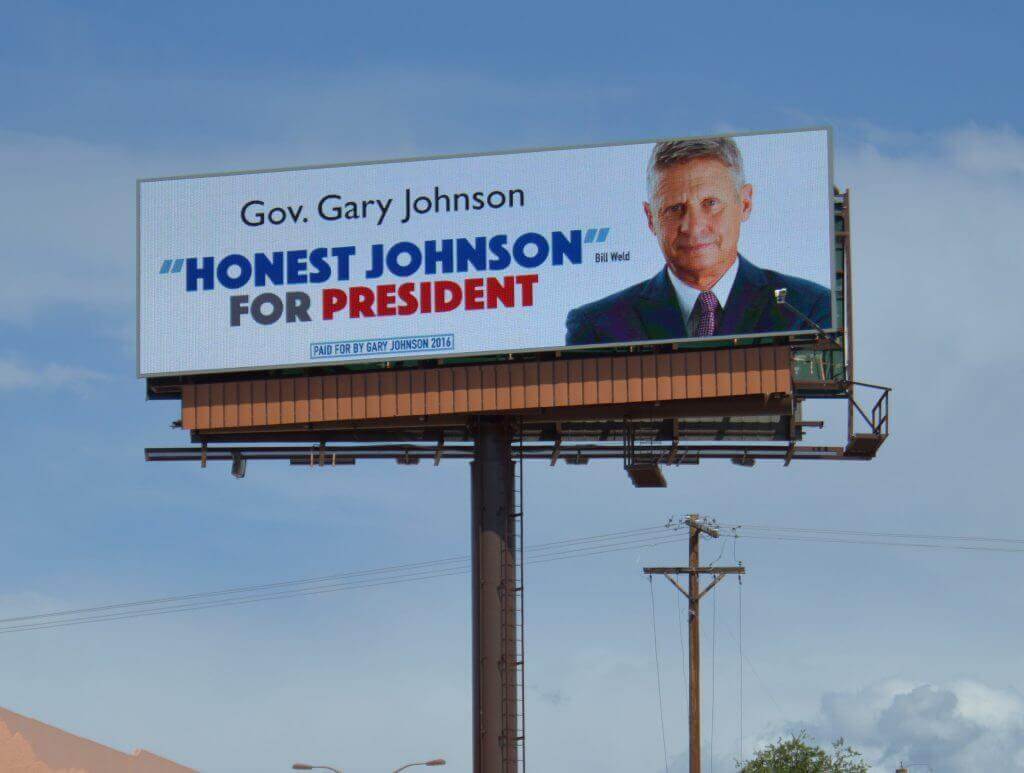
Hyper-local targeting works
OOH advertising can target specific demographics and contextually relevant locations, which is exactly what political campaigns require when attempting to gain votes. Especially when considering what politicians call “battleground areas” (where the vote can sway to one party or the other), which is where parties want to invest the most money in. Mobile location data, along with census and voter data, can be used when implementing OOH advertising in order to target the right audience, at the right time, and without wasting money.
Mike Bloomberg, a candidate in the 2020 Democratic presidential primaries, created an array of large-scale billboards in order to entice voters. Standing 200 feet tall, Bloomberg placed one of his billboards in the middle of Times Square in New York, with the text reading, “Tell Mike Bloomberg your thoughts on reproductive rights”. Placing this billboard in the middle of one of the busiest spots in New York right before the April primary election was ingenious. Not only did it gain immense traction and viability, but it also contributed to voter engagement as it provided New Yorkers a number to call to discuss various important topics.
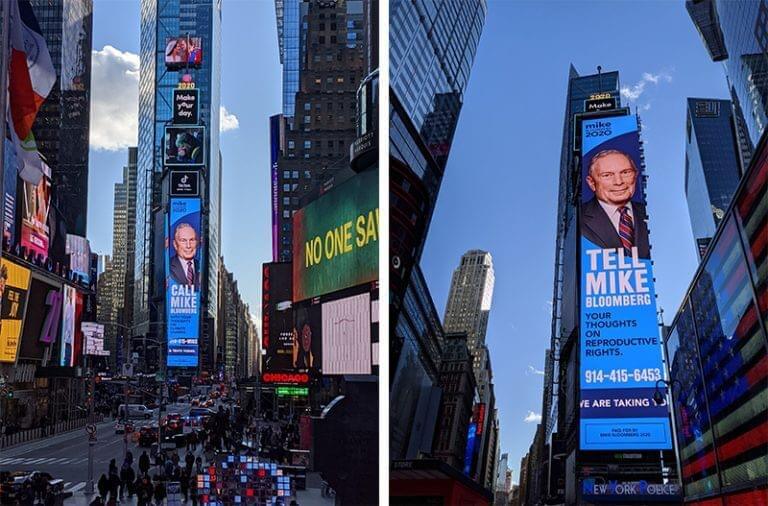
Another example of OOH success comes from former President, Barack Obama’s “Obama for America Campaign”. His team used 50 mobile billboards in 28 cities to create that final push to get voters to the polls in certain battleground states. Obama and his team found that OOH advertising was the best way to reach voters quickly and efficiently right before election day. Out of the 13 states with mobile billboard ads, 12 were won in the election.
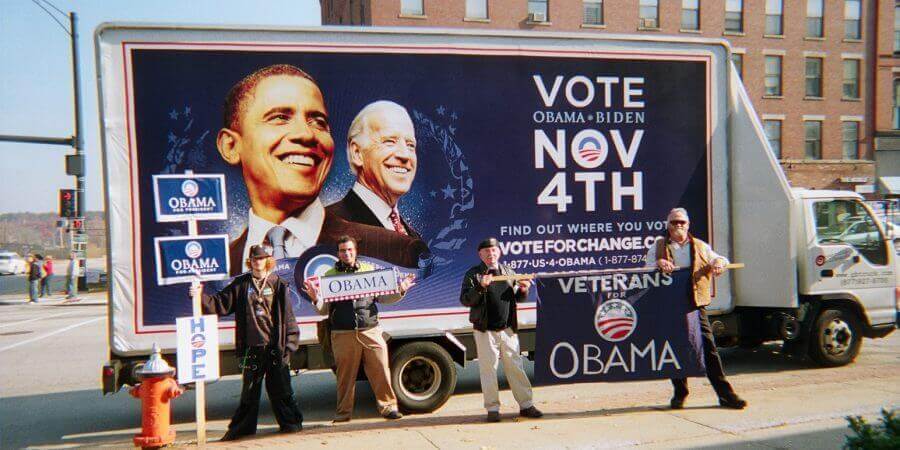
Wrap up
When considering high engagement, online activation, consumer trust, and contextual relevance, it’s not surprising that brands and political campaigns prefer to use OOH when promoting themselves over other mediums. OOH plays a pivotal role in communicating critical messaging at the right place and at the right time. The bottom line is — if you want to run a successful ad campaign, the best and most cost effective way is by using OOH advertising.


